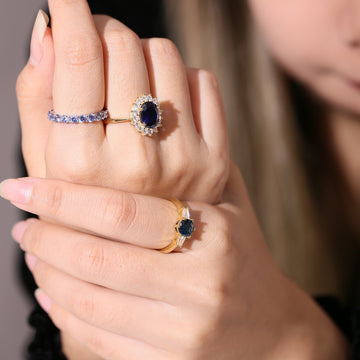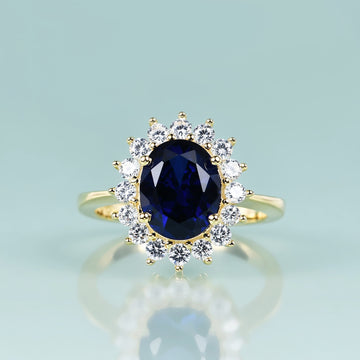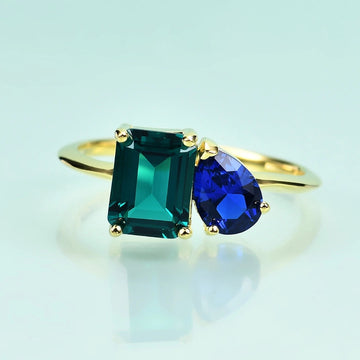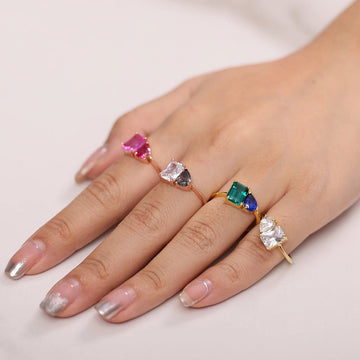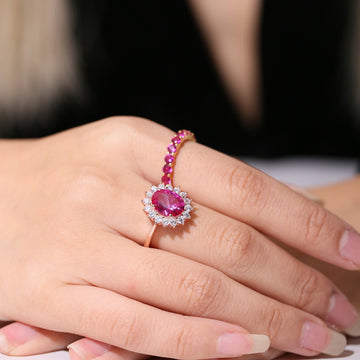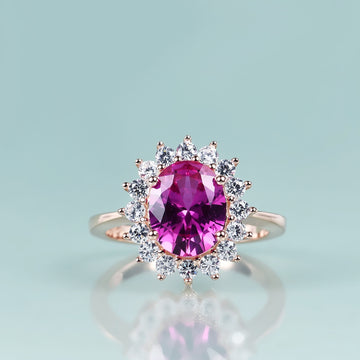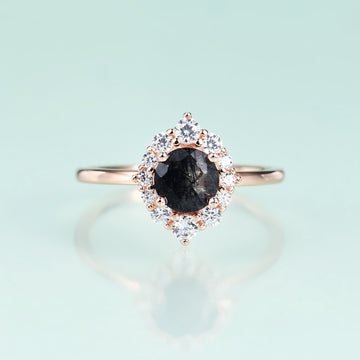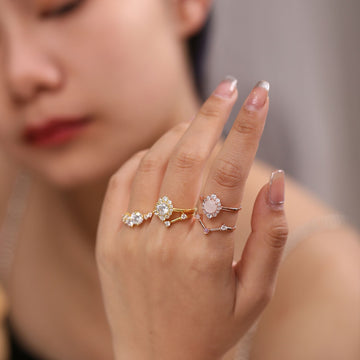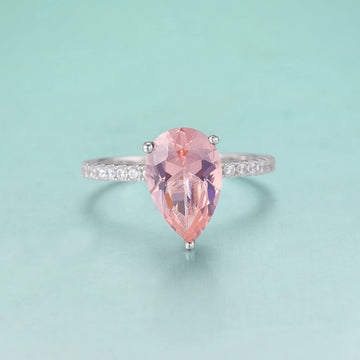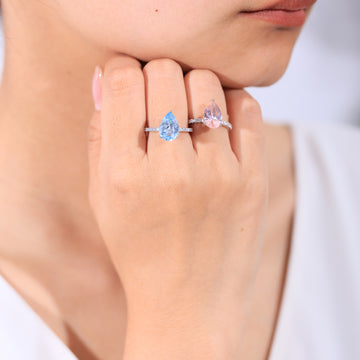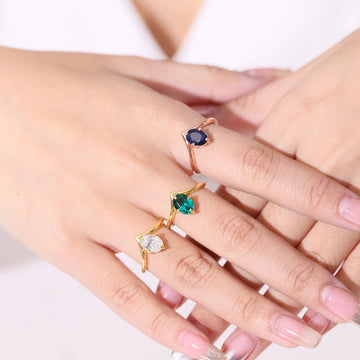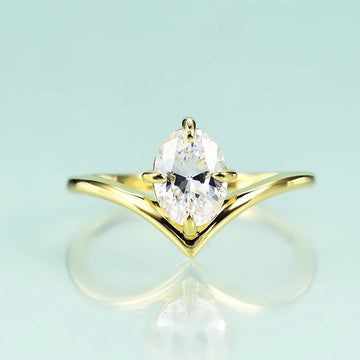If you wear kilts, a kilt pin will be both practical and decorative for you. Primarily, it secures the front of the kilt. Thereby, you will be able to stop the kilt from blowing open. Apart from that, you will also get a sense of modesty and comfort.
In addition to that, kilt pins are available in a variety of details and designs. This way, they showcase the wearer's heritage and personal style. Moreover, many people are showing interest in traditional dresses. Also, the kilt pin represents Scottish heritage.
Hence, by choosing the right kilt pin, you will be able to improve your kilt-wearing experience. Therefore, read on to get a better idea of how to choose the best kilt pin for yourself.
What is the History of Kilt Pins? - Exploring the Origins
Primarily, Kilt pins have a rich history tied to Scottish culture. Initially, they originated as practical accessories to fasten the excess fabric of the kilt. This served a functional purpose. This prevented the kilt from blowing open. Also, it provided an added weight.
The following points show the history of kilt pins:
1. 16th Century
At the outset, kilt pins trace their origins to the 16th century. Back then, they were simple metal fasteners made from iron or steel. However, as time passed, artisans began to develop more decorative designs.
2. 19th Century
Moreover, in the 19th century, the kilt pin became a Scottish identity symbol. Thereby, Scottish soldiers started to wear kilt pins as part of their military uniform. However, with time, the designs became more ornate. Also, they featured clan insignias or Celtic motifs.
3. Contemporary Times
These days, kilt pins are available in various materials. These include silver, gold, and modern alloys. Also, they continue to symbolize pride in Scottish heritage. Moreover, these pins are not merely functional. In fact, they might also be your personal expression of style.
What Are the Major Functions and Utilities of Kilt Pins?
Primarily, kilt pins serve multiple purposes. This way, they combine practicality and aesthetic appeal. Apart from that, they improve the functionality of a kilt. Meanwhile, they also represent personal and cultural significance.
The following are the major functions and utilities of kilt pins:
1. Securing the Kilt
Primarily, kilt pins secure the kilt in place. Traditionally, people used to wear them on the right side and near the hem. This is because they wanted to anchor the fabric and prevent it from moving.
Apart from that, kilt pins are made of various materials. These include metal and fabric. In fact, a well-placed kilt pin helps maintain the garment's structure. Also, it reduces the risk of wardrobe malfunction during activities.
Hence, if you want to utilize a kilt pin properly, you will have to place it carefully. Thereby, you will be able to wear it effectively.
2. Ornamental Significance
Apart from that functionality factor, kilt pins are mostly ornate. Thereby, they serve as decorative elements. Also, you will find them with unique designs. Hence, you will be able to reflect your personal style and taste as per your choice.
Moreover, these pins come with symbols like clan crests or historical motifs. This way, they enrich the kilt’s visual appeal. In fact, many wearers choose kilt pins to represent their heritage.
In addition to that, the aesthetic aspect of kilt pins is handy for artistic expression. However, you have to show them as per your cultural significance or individual preference.
3. Cultural and Family Heritage
Interestingly, kilt pins also play a major role in ensuring cultural and family heritage. In fact, many pins come with engravings. In other cases, they are embellished with symbols. Hence, they connect wearers to older clans or families.
In addition to that, these symbols also carry stories or histories of the wearer’s lineage. Thereby, it allows you to display pride in your heritage during formal occasions.
What Are the Types of Kilt Pins? - Exploring Designs
The following are the major types and designs of kilt pins:
1. Traditional and Contemporary Designs
In general, traditional kilt pins come with symbols of Scottish heritage. These might include thistles, swords, or clan emblems. Also, these designs are typically straightforward. Basically, the focus is more on craftsmanship.
Meanwhile, contemporary designs include unique shapes and materials. Apart from that, some modern elements include geometric patterns. Some might even have abstract forms. In addition to that, some kilt pins may also incorporate colors or embellishments. Also, gemstones improve their visual appeal.
The following are some common design options of kilt pins:
Traditional Symbols like Thistles, swords, and clan motifs.
Contemporary Shapes include geometric and abstract forms.
Embellishments include gemstones and colored accents.
2. Material Variations
In general, kilt pins are made from a variety of materials. Hence, these impact both their aesthetics and durability. The following are some major materials that kilt pins are made of:
Metal: Primarily, kilt pins are made of stainless steel, brass, or pewter. This way, they ensure sturdiness and shine.
Wood: Some designs use hardwoods. Hence, these appeal to those who prefer a natural look.
Plastic or Resin: These make kilt pins lightweight and versatile. In general, these are common with more casual styles.
Basically, every material contributes to the pin's feel and functionality. In fact, metal pins provide a classic look. Meanwhile, wooden pins provide a rustic charm.
How Do You Choose and Wear a Kilt Pin? - Essential Steps
If you want to select and wear a kilt pin, you must be aware of your personal style. Also, you must not neglect traditional guidelines.
In fact, the right pin will improve your kilt's aesthetic. Meanwhile, it will also serve practical purposes. Also, correct placement is important if you want to maintain tradition.
1. Things to Keep in Mind When Choosing a Pin
When choosing a kilt pin, your decision will depend on a variety of factors. The following are some of them you must keep in mind:
Material is important. In this case, you might choose metals like silver, brass, or pewter.
The design of the kilt pin must complement the kilt's tartan. Sometimes, a simple design might suit a bold tartan. Also, an intricate pin will improve a subtle pattern.
It is also important to keep in mind the weight of the pin. In general, heavier pins might cause the fabric to sag.
2. Proper Placement and Etiquette
At the outset, to maintain both style and tradition, you must properly place the kilt pin. Basically, you must position the pin on the front apron of the kilt. This might be near the top right corner. This location highlights the pin. Also, it ensures the kilt's fabric is securely in place.
Moreover, etiquette suggests that the pin must not be too large or ostentatious. In fact, this will distract eyes from the kilt itself. Rather, it must improve the outfit without overpowering it.
Also, when you are wearing a kilt pin, you must remove it during washing or maintenance. This way, you will not end up damaging both the pin and the garment.









